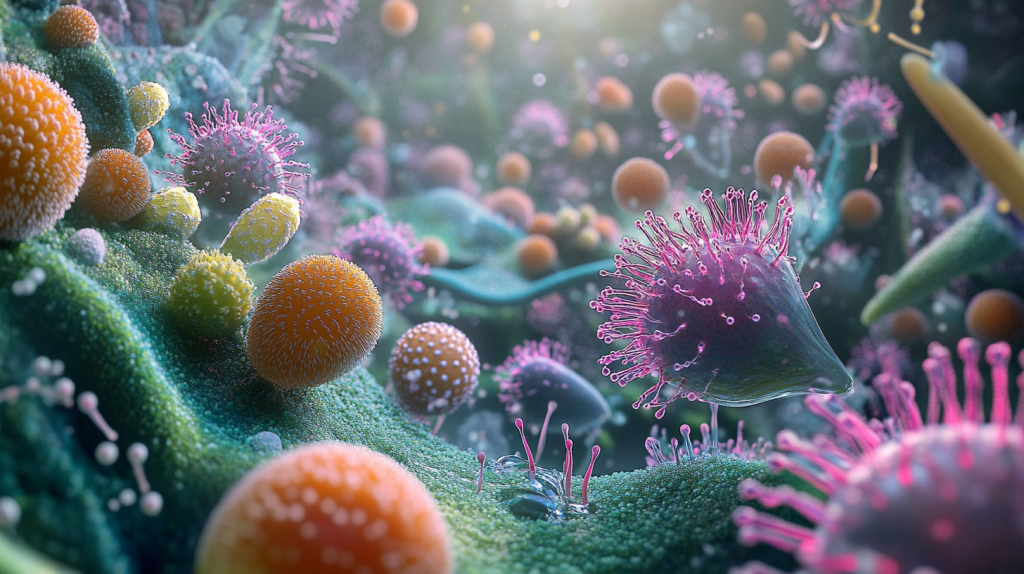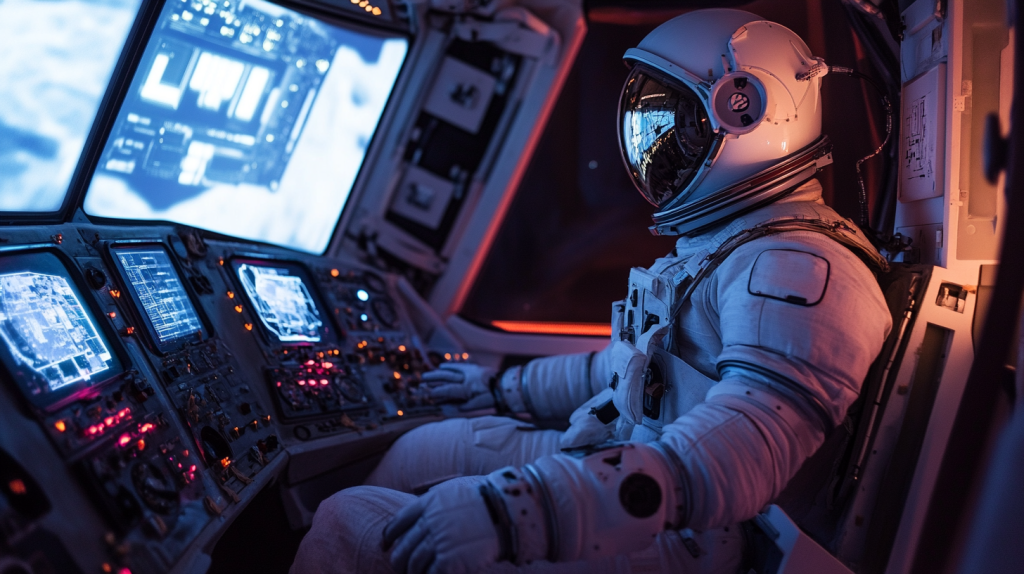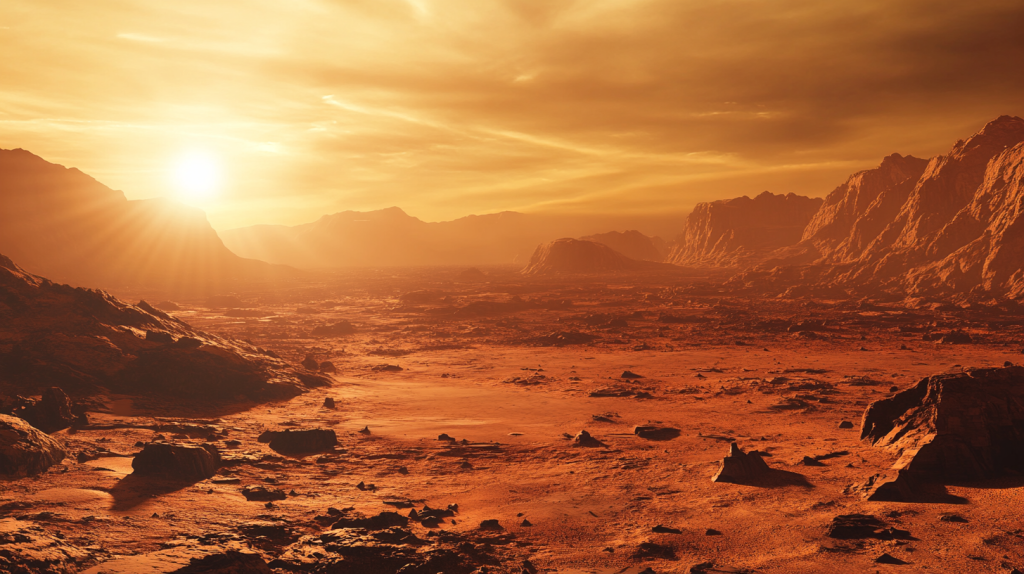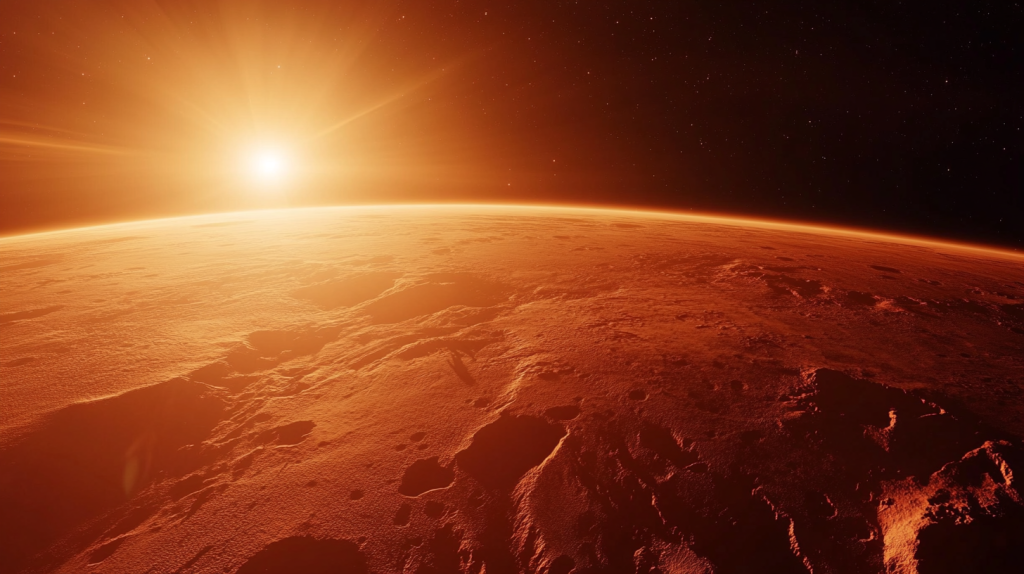NASA’s Mars missions are some of the most exciting and challenging endeavors in modern space exploration. These missions require meticulous planning, precise execution, and strict adherence to protocols to ensure success and safety. While NASA scientists have a great deal of freedom to innovate and explore, there are certain things they simply cannot do during Mars missions. These restrictions are in place to protect the mission, the equipment, and the potential for future discoveries on the Red Planet. From avoiding contamination to maintaining communication protocols, these rules shape how we explore Mars. Here are 15 things NASA scientists are not allowed to do during Mars missions, offering a glimpse into the complexities of interplanetary exploration.
Contaminate Mars With Earth Microbes

NASA scientists are strictly forbidden from introducing Earth microbes to Mars. This rule, known as planetary protection, is crucial for preserving the integrity of any potential Martian life discoveries. All equipment sent to Mars must be thoroughly sterilized before launch. Scientists must also follow strict protocols when handling samples to avoid contamination.
Operate Rovers Without Authorization

No NASA scientist can simply decide to take a Mars rover for a spin. Every movement of Mars rovers is carefully planned and must be authorized by mission control. This ensures the safety of the expensive equipment and prevents potential damage to important Martian features. Each command is reviewed and approved before being sent to the rover.
Announce Discoveries Without Verification

Scientists are not allowed to announce potential discoveries on Mars without thorough verification and approval from NASA. This policy prevents the spread of misinformation and ensures that all announcements are backed by solid scientific evidence. Even exciting findings must go through a rigorous review process before being shared with the public.
Alter Mission Objectives Without Approval

The objectives of Mars missions are carefully planned and cannot be altered on a whim. Scientists must stick to the approved mission plan unless changes are authorized by mission control. This ensures that the mission stays focused on its primary goals and that resources are used efficiently.
Ignore Communication Protocols

Communication between Earth and Mars follows strict protocols that scientists must adhere to. They can’t simply call or message the Mars rovers whenever they want. Communication windows are limited due to the positions of Earth and Mars, and all communications must be scheduled and coordinated. This ensures efficient use of the Deep Space Network and prevents interference with other space missions.
Take Unauthorized Samples

Scientists cannot instruct rovers to take samples from Mars without proper authorization. Each sampling operation is carefully planned to ensure the most scientifically valuable samples are collected. Unauthorized sampling could waste limited resources or potentially damage sensitive equipment.
Share Mission Data Publicly Without Clearance

While NASA is committed to sharing its discoveries with the public, raw mission data cannot be shared without proper clearance. Scientists must follow strict protocols for data handling and dissemination. This ensures that data is accurately interpreted and that sensitive information is protected.
Operate Equipment Outside of Specified Parameters

Mars mission equipment is designed to operate within specific parameters. Scientists are not allowed to push this equipment beyond its designated limits, even if they think it might yield interesting results. This rule protects the expensive and difficult-to-replace equipment from damage.
Ignore Safety Alerts

If a rover or other piece of equipment on Mars sends a safety alert, scientists are not allowed to ignore it. These alerts are designed to protect the mission equipment and must be addressed immediately. Ignoring them could lead to equipment failure or loss of the mission.
Make Unauthorized Software Changes

The software running Mars mission equipment is meticulously designed and tested. Scientists are not allowed to make unauthorized changes to this software. Even small alterations could have unforeseen consequences that might jeopardize the entire mission.
Disregard Weather Warnings

Mars has its own weather patterns, including dust storms that can be dangerous for equipment. Scientists must heed all weather warnings and cannot operate equipment in potentially hazardous conditions without proper authorization. This protects the mission equipment and ensures its longevity.
Explore Areas Deemed Off-Limits

Certain areas on Mars may be designated as off-limits for exploration. These might be areas of particular scientific interest that need to be preserved or regions that pose a danger to equipment. Scientists must respect these boundaries and cannot direct rovers or other equipment into these areas.
Use Mission Resources for Personal Projects

All resources on a Mars mission, from equipment time to data bandwidth, are carefully allocated. Scientists are not allowed to use these resources for personal projects or experiments that aren’t part of the official mission plan. This ensures that all mission resources are used efficiently and for their intended purposes.
Withhold Information from Team Members

Transparency is crucial in Mars missions. Scientists are not allowed to withhold relevant information from other team members. All observations, data, and concerns must be shared with the team to ensure the best decision-making and problem-solving.
Deviate from Ethical Guidelines

NASA has strict ethical guidelines for space exploration, including the treatment of potential extraterrestrial life. Scientists are not allowed to deviate from these guidelines, even in the excitement of a potential discovery. This ensures that all exploration is conducted responsibly and with respect for any life forms that might be encountered.
Katy Willis is a writer, master herbalist, master gardener, and certified canine nutritionist who has been writing since 2002. She’s finds joy in learning new and interesting things, and finds history, science, and nature endlessly fascinating.

